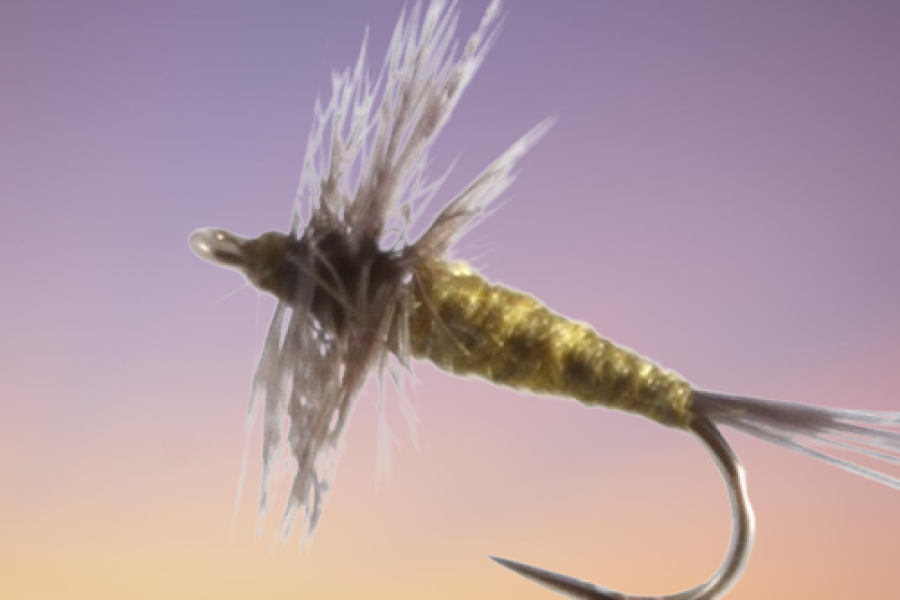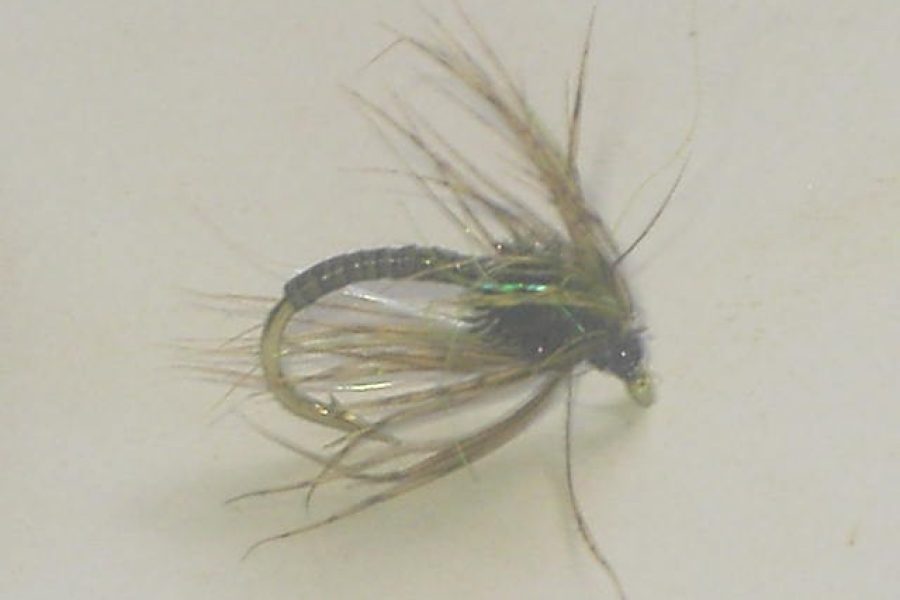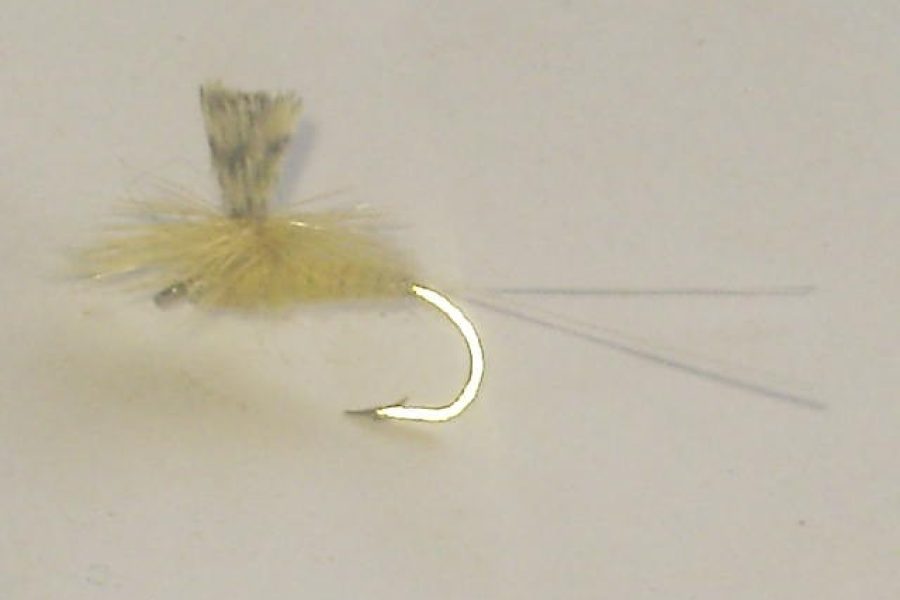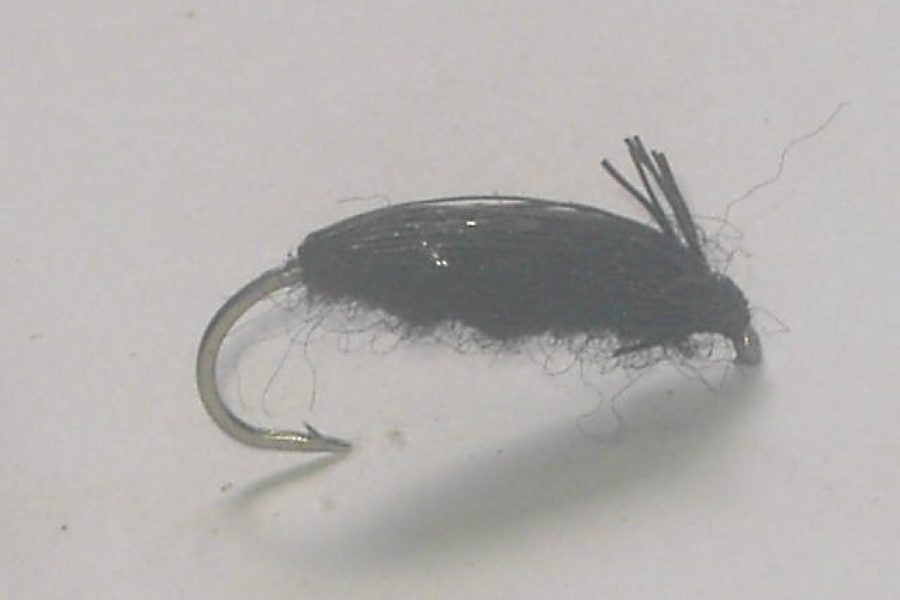Description
Quill Gordon Dry Fly: Classic Catskill Pattern
The Quill Gordon represents a masterful approach to traditional dry fly design, combining historical significance with proven fish-catching effectiveness. This meticulously crafted pattern features carefully selected materials that create a compelling mayfly profile on the water, making it particularly effective during early-season mayfly hatches.
Design Excellence and Innovation The pattern showcases sophisticated yet traditional design elements that set it apart from standard dry flies. Its carefully engineered stripped peacock quill body provides perfect segmentation and durability, while the classic wood duck flank wings and medium blue dun hackle create a highly natural profile that trout readily recognize. The combination of traditional materials and precise proportions makes it particularly successful during mayfly emergences.
Material Selection and Technical Construction Every component is carefully selected for both performance and durability:
- Premium stripped peacock quill
- High-quality wood duck flank
- Medium blue dun hackle
- Durable thread base
- Classic dry fly hook selection
- Reinforced construction techniques
Strategic Fishing Applications This pattern excels in multiple fishing scenarios:
- Early spring hatches
- Broken water
- Various stream types
- Multiple conditions
- Different presentations Each environment allows the pattern to showcase its effectiveness.
Seasonal Effectiveness The pattern demonstrates remarkable productivity throughout the season:
- Early Spring: Prime time
- Mid-Spring: Continued hatches
- Summer: General attractor
- Fall: Searching pattern Seasonal adaptations in presentation maximize success.
Species-Specific Performance While primarily designed for trout, the pattern proves deadly for:
- Wild trout
- Stream-bred fish
- Pattern-matching fish
- Selective feeders
- Technical water fish
Water Presentation Characteristics Superior presentation qualities include:
- Natural float
- Perfect silhouette
- Realistic profile
- High visibility
- Traditional appeal
Advanced Retrieval Techniques To maximize the pattern’s effectiveness:
- Dead-drift presentation
- Slight twitches
- Various speeds
- Pattern manipulation
- Drag-free float
Technical Advantages Key performance benefits include:
- Superior flotation
- Natural presentation
- Excellent visibility
- Durable construction
- Multiple fishing applications
Line and Leader Configuration For optimal presentation:
- Weight-forward floating lines
- Traditional dry fly setup
- 5X-6X tippet recommended
- Long leaders
- Proper turnover design
Environmental Adaptability The pattern performs consistently across:
- Various water clarities
- Different current speeds
- Multiple water types
- Various light conditions
- Different temperature ranges
Competition and Professional Applications The Quill Gordon has established itself in serious angling:
- Time-tested pattern
- Guide’s choice for hatches
- Professional competition use
- Teaching pattern
- Reliable producer in challenging conditions
Size Variations and Pattern Modifications Available in multiple configurations:
- Traditional hook sizes
- Body density options
- Wing variations
- Hackle modifications
- Profile adjustments
Storage and Maintenance Requirements To maintain optimal performance:
- Store in ventilated compartments
- Protect materials
- Regular inspection
- Proper drying essential
- Hook maintenance
Advanced Rigging Techniques Multiple rigging options enhance versatility:
- Traditional dry fly setup
- Multiple presentation methods
- Various leader designs
- Different tippet options
- Depth control methods
Historical Context and Evolution The pattern’s development reflects:
- Catskill tradition
- Time-tested materials
- Refined proportions
- Proven effectiveness
- Continuous relevance
Quality Control Standards Each fly maintains strict requirements:
- Precise material placement
- Proper proportioning
- Construction integrity
- Material selection
- Pattern uniformity
Fishing Location Selection Optimal fishing locations include:
- Mountain streams
- Broken water
- Feeding lanes
- Structure edges
- Transition zones
Weather and Condition Considerations Pattern effectiveness varies with:
- Light conditions
- Water clarity
- Cloud cover
- Temperature
- Barometric pressure
Presentation Techniques Achieving proper presentation through:
- Accurate casting
- Proper mending
- Drift control
- Distance management
- Line control
Color and Profile Characteristics The pattern’s natural coloration provides:
- Perfect imitation
- Realistic appearance
- Low-light effectiveness
- Natural match
- Effective contrast
Movement Characteristics Natural movement achieved through:
- Hackle action
- Current interaction
- Wing design
- Material flexibility
- Presentation technique
Durability Features Construction elements ensuring longevity:
- Reinforced quill body
- Quality material selection
- Proper proportioning
- Strategic construction
- Hook point protection
Target Species Behavior Understanding fish response to:
- Natural profile
- Pattern visibility
- Movement triggers
- Feeding patterns
- Strike triggers
Water Type Adaptations Effective across various waters:
- Mountain streams
- Various currents
- Different depths
- Multiple conditions
- Different structures
Casting Techniques Specialized casting methods:
- Traditional dry fly cast
- Roll casting
- Line speed control
- Loop formation
- Wind adaptation
Strike Detection Recognizing takes through:
- Visual observation
- Surface disturbance
- Leader movement
- Direct observation
- Tactile detection
Hook Setting Techniques Proper hook setting through:
- Timing considerations
- Pressure control
- Direction management
- Follow-through
- Fish behavior reading
Fighting Techniques Landing fish effectively:
- Pressure application
- Direction control
- Line management
- Fish behavior adaptation
- Landing strategies
Additional information
| Hook type | Barbed Hooks, Barbless Hooks |
|---|---|
| Hook size | 10, 12, 14, 16, 18, 20, 22 |







